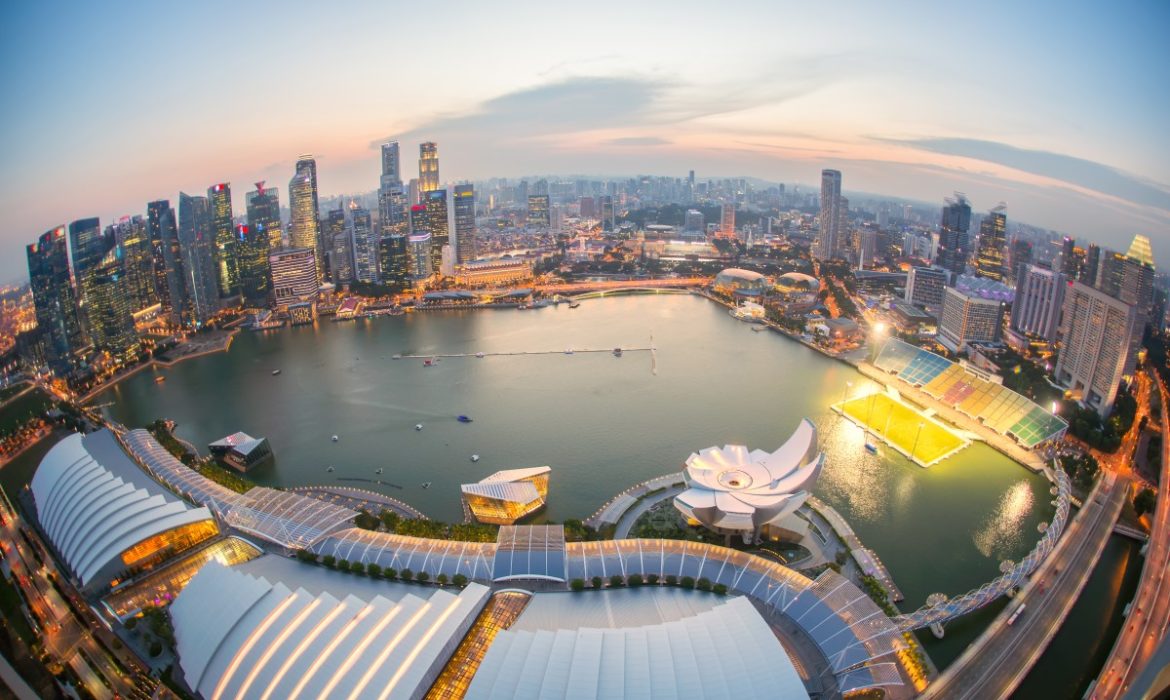The Asian factory activity was hit in July as rising costs and a resurge of COVID-19 infections obscured a firm global demand. This indicates that Asia’s recovery is still fragile.
Last month, China’s factory activity growth plummeted as demand contracted for the first time in over a year. The result met estimates of a slowdown in activity.
Manufacturing activity edged up in Japan and South Korea. However, the companies suffered from supply chain disruptions. Additionally, raw material shortages made costs higher.
Indonesia, Vietnam, and Malaysia factory activity were down in July due to a resurgence in infections. Stricter COVID-19 restrictions also caused these countries’ factory activity to shrink.
Julian Evans-Pritchard, the senior China economist at Capital Economics, said supply bottlenecks remain a constraint. But the Purchasing Managers Index (PMIs) suggests demand is cooling too, taking the heat out of price gains and weighing on activity in industry and construction, she said.
With this pace of recovery from pandemic-induced strains, the International Monetary Fund (IMF) downgraded this year’s growth forecast for emerging Asia.
Purchasing Managers Index (PMI)
In July, China’s Caixin/Markit Manufacturing Purchasing Managers’ Index (PMI) fell to 50.3 from 51.3 the month prior. This was the lowest level in 15 months. Rising costs were clouding the outlook for China.
Last month, the final au Jibun Bank Japan PMI rose to 53.0 from 52.4 in June, though input prices rose at the fastest pace since 2008.
The Japanese government expanded state of emergency curbs through August 31 due to a surge in Delta virus cases. This can negatively affect the Olympic Games in the country. Japan hopes it can rebound sharply in its July-September growth.
In July, South Korea’s PMI held at 53.0, above the 50 mark. It indicated an expansion in activity for the 10th straight month. Besides, Indonesia’s PMI plunged to 40.1 in July from 53.5 in June. Further, July PMI surveys showed Manufacturing activity also declined in Vietnam and Malaysia.
In India, the easing of restrictions helped the nation’s factory activity to bounce back in July.
Frederic Neumann, co-head of Asian Economics Research at HSBC, said that the risk is that growth scars linger for longer even if activity recovers in the coming months. Plus, cooling export momentum, far from a temporary blip, provides a hint of what to expect in quarters to come. Such uncertainty over the outlook would prod Asian central banks to maintain the loose monetary policy, he added.
















